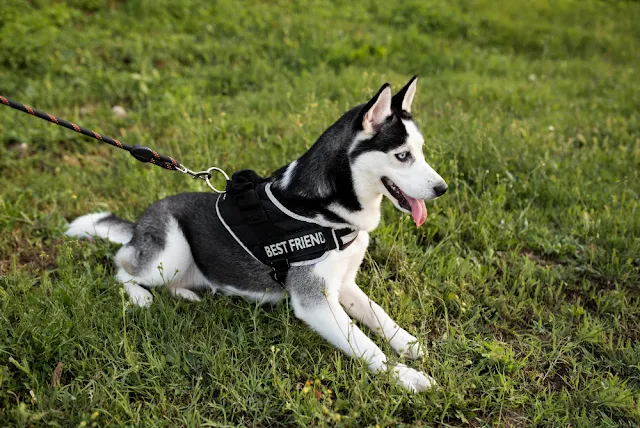Training a guard dog is a complex process that requires patience, consistency, and a deep understanding of canine behavior. The goal is not to make a dog indiscriminately aggressive, but rather to train it to protect specific property or people from potential threats in a disciplined and effective manner.
How to Train a Guard Dog
Proper Breed Selection: The process of guard dog training begins with selecting the right breed. Not all breeds are suitable for guarding duties:
Early Socialization:
Although the goal is for a dog to be a guard dog, good socialization from a young age is crucial. The puppy should be exposed to a variety of people, places, sounds, and situations to ensure it develops into a well-balanced and confident dog, not fearful or randomly aggressive. This helps the dog distinguish between friends and strangers, normal situations and real threats.
Advanced Basic Obedience:
Before beginning actual guard training, the dog must master all basic obedience commands (sit, stay, come, no, follow, etc.). Obedience must be consistent and reliable, even in distracting situations. Guard training builds on a strong foundation of obedience, as the dog needs to respond immediately to the owner's commands in high-stress situations.
Developing Natural Instincts:
Guardian training focuses on honing and enhancing the dog's natural instincts to protect and warn.
Control and Direction:
The most important aspect of guard dog training is absolute control. The dog must be able to stop any attack immediately on command. This requires extensive training using positive reinforcement and appropriate corrections. A professional trainer ensures that the dog only uses force when necessary and under strict supervision.
Exposure to Simulated Situations:
To train the dog to respond correctly to realistic threats, simulation exercises are conducted that involve various scenarios (such as someone sneaking in, attempting to break in, or attacking the owner). This is done in a safe and controlled environment.
Professional Trainer:
Training a guard dog is not something that should be undertaken by an inexperienced owner. It is highly recommended to work with a professional and experienced guard dog trainer. Professional trainers can assess the dog, develop a customized training plan, and ensure that the dog is trained safely and effectively, with an emphasis on control and balance.
Is Your Dog Cut Out to Be a Guard Dog?
Breed: Some breeds are naturally better suited for guarding duties.
Confident and courageous: Doesn't cower or flee when confronted with strangers or unfamiliar situations.
Alert and aware of their surroundings: Pays attention to unusual sounds and movements.
Protective of their family and property: Shows a strong instinct to defend their home and loved ones.
Emotionally balanced: Doesn't become overly aggressive or uncontrollable.
Basic obedience: The dog should respond to basic commands such as "sit," "stay," "come," and "no."
Specialized guard training: Includes learning to distinguish between real threats and ordinary visitors, barking as a warning, and, in some cases, defending when necessary. This training should be conducted by a professional and experienced trainer.
How can you evaluate your dog?
If you're considering training your dog to be a guard dog, the best step is to consult a professional dog trainer with experience in guard dog training. The trainer can assess your dog's temperament and abilities and advise you on whether it's suitable for this type of training, or whether it's better to focus on basic obedience training.
Should You Teach a Guard Dog to Attack?
The decision to train a guard dog to attack depends on several important factors and must be done with extreme care. Not every guard dog needs attack training, and in some cases, such training can be harmful.
When is attack training appropriate?
Specialized protection: If you need a dog to protect very high-value property or VIPs, attack training may be necessary. In these cases, the goal is to effectively deter or neutralize attackers.
High-risk exposure: If you live in an area with very high crime rates, or work in a profession that puts you at high risk, an attack-trained guard dog may provide an additional layer of security.
Professional supervision: This type of training should always be conducted under the supervision of a professional dog trainer with extensive experience in training both protection and attack dogs. Improper training can lead to disastrous results, such as making the dog uncontrollably aggressive.
When is attack training not appropriate?
For ordinary home protection: In most cases, an ordinary home guard dog does not need attack training. It's enough for a dog to be alert, bark to warn you of strangers, and display deterrent behavior.
With children or other pets present: Attack training can be extremely dangerous if there are children or other pets in the home. It's very difficult to fully control an attack-trained dog, and this can lead to unfortunate accidents.
Without control: If you don't have the experience or ability to fully control an attack-trained dog, you should not subject your dog to this type of training.
When there is no real need: A dog should not be trained to attack just because it wants to. There must be a real and justified security need.


